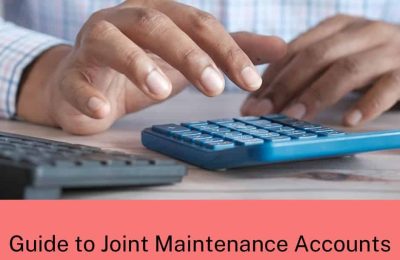Some tenancies in Scotland will have had the same tenants for years or even decades, but there are many situations which may result in a change to a property’s occupancy. Instances where all tenants move out are fairly straightforward, but there are different circumstances where it is not so much of an ‘open and shut case’ so to speak, and the movement of different tenants needs to be taken into account.
What can cause change?
There are several instances where a tenant living in a shared property may wish to move out while other tenants in the same property will stay. Conversely, situations often arise where an existing tenancy welcomes an additional resident. A new relationship could see someone moving into their other half’s rented property, and similarly a breakup could mean one person moving out. Student flats are another perfect example of this, where the tenants come from different families but are occupying the same shared property. At the end of the school year students may vacate this shared tenancy temporarily to move back into their previous home, or some may move permanently due to finding a new home, finishing with their studies, or dropping out. This leaves space for new students to move in, and so the cycle repeats itself. Work could also be a factor that causes a switch-up in a tenancy, as someone who has had to relocate to temporary accommodation for work, might share a property with a colleague.
These types of changes can affect all rented properties, but HMOs (Houses in Multiple Occupation) are particularly susceptible to these changes in tenancy. A property is classified as an HMO where there are three or more tenants from different families forming more than one household under the one roof, sharing a bathroom, kitchen and other facilities. In order for a property to qualify as an HMO it must first receive a license, and there are several standards that must be met in order for that license to be awarded.
What the tenant needs to do
Before an additional tenant moves into a property, the existing tenant(s) should consult the landlord or agent, as some may not wish to take on a new tenant, or the property may simply not have enough space. They may also want to perform some background checks on any new tenants before allowing them to move into the property. The landlord or agent may have specific terms that would apply to an additional tenant, such as adjustments to the deposit amount, as an extra person in the property could potentially increase the likelihood of damages.
Prior to the new tenant’s arrival, the landlord or agent may want to produce an entirely new tenancy agreement, or simply update the existing one. All tenants, including the new one, will need to accept the terms of this before the tenant moves in, and the new tenant will also need to agree to the initial check-in report.
What the landlord or agent needs to do
The deposit details, which should already be lodged with a tenancy deposit scheme such as SafeDeposits Scotland, will need to be updated to reflect any changes to a tenancy. SafeDeposits Scotland calls the process of administering the departure of one tenant while others remain a tenant changeover, and this is a necessary process for a variety of reasons.
It is essential that a record of tenants who have lived in the property as well as the duration they lived there is kept. Should the tenant(s) moving out of the property wish for their contribution of the deposit to be returned to them, this can be done during a tenant changeover. The remaining deposit can then be reallocated between the remaining tenant(s). After moving out, the tenant must agree that they have no claim to the remainder of the deposit.
Should there be a dispute at the end of the tenancy, it is also vital for an adjudicator that the tenancy details are up to date, including remaining tenants in the property and updates to the full deposit amount during the tenancy, as these details could be a contributing factor in certain dispute cases, such as the amount of leniency applied when it comes to wear and tear.











